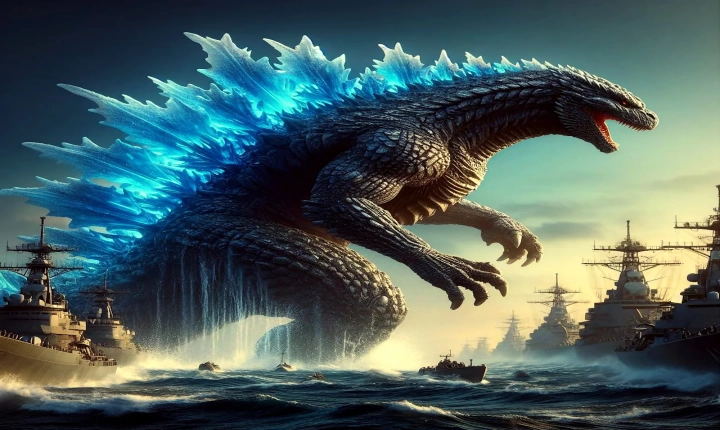Title: The Art of Creating Images with AI: Bridging Technology and Creativity
In recent years, the field of artificial intelligence (AI) has made significant advancements and has been increasingly integrated into various aspects of our daily lives. One of the most fascinating applications of AI is its ability to generate and enhance images, opening up new creative possibilities for artists and designers. Creating images using AI involves leveraging sophisticated algorithms and deep learning models to produce visually stunning and thought-provoking artwork. In this article, we will explore the process of creating images with AI and the implications for the future of art and design.
Generative Adversarial Networks (GANs) have emerged as a groundbreaking technology for generating images using AI. GANs consist of two neural networks – a generator and a discriminator – that work in tandem to produce high-quality images. The generator network creates images from random noise, while the discriminator network evaluates these images and provides feedback to the generator. Through a process of continuous refinement and iteration, GANs can produce remarkably realistic and detailed images, demonstrating the power of AI in the realm of visual art.
One of the key advantages of using AI to create images is the ability to explore vast creative spaces and generate diverse styles and concepts. Artists and designers can harness the capabilities of AI to experiment with different visual elements, such as color schemes, textures, and compositions, leading to the discovery of innovative and unconventional artistic expressions. By using AI as a creative tool, individuals can push the boundaries of traditional artistic practices and embark on a journey of exploration and discovery.
Moreover, AI can serve as a valuable assistant in the creative process, offering insights and suggestions that can inspire and enhance the artistic vision. Through the analysis of vast amounts of visual data, AI algorithms can identify patterns, trends, and artistic conventions, providing valuable guidance to artists seeking to expand their creative repertoire. This collaborative approach between human creativity and AI intelligence has the potential to elevate the quality and originality of artistic output, paving the way for new forms of visual expression.
The integration of AI in image creation also raises thought-provoking questions about the nature of art, authorship, and originality. As AI systems become increasingly proficient at generating images that rival those created by human artists, the traditional notions of artistic originality and authorship may be challenged. This shift calls for a reevaluation of the role of the artist in the creative process and opens up a dialogue about the intersection of human creativity and machine intelligence.
Looking ahead, the fusion of AI and image creation presents exciting possibilities for the future of art and design. The continued development of AI technologies, coupled with the creative ingenuity of artists and designers, holds the promise of inspiring new artistic movements, styles, and visual experiences. As AI becomes more integrated into the creative process, it has the potential to democratize art and expand the reach of visual storytelling, making it more accessible and inclusive for individuals from diverse backgrounds.
In conclusion, the use of AI to create images represents a transformative shift in the landscape of art and design, giving rise to new opportunities for creative exploration and expression. By harnessing the power of AI algorithms and deep learning models, artists and designers can unlock new dimensions of visual storytelling and artistic innovation. As AI continues to evolve, its role in image creation is poised to have a profound impact on the way we perceive, interpret, and engage with visual art, setting the stage for a thrilling convergence of technology and creativity.
